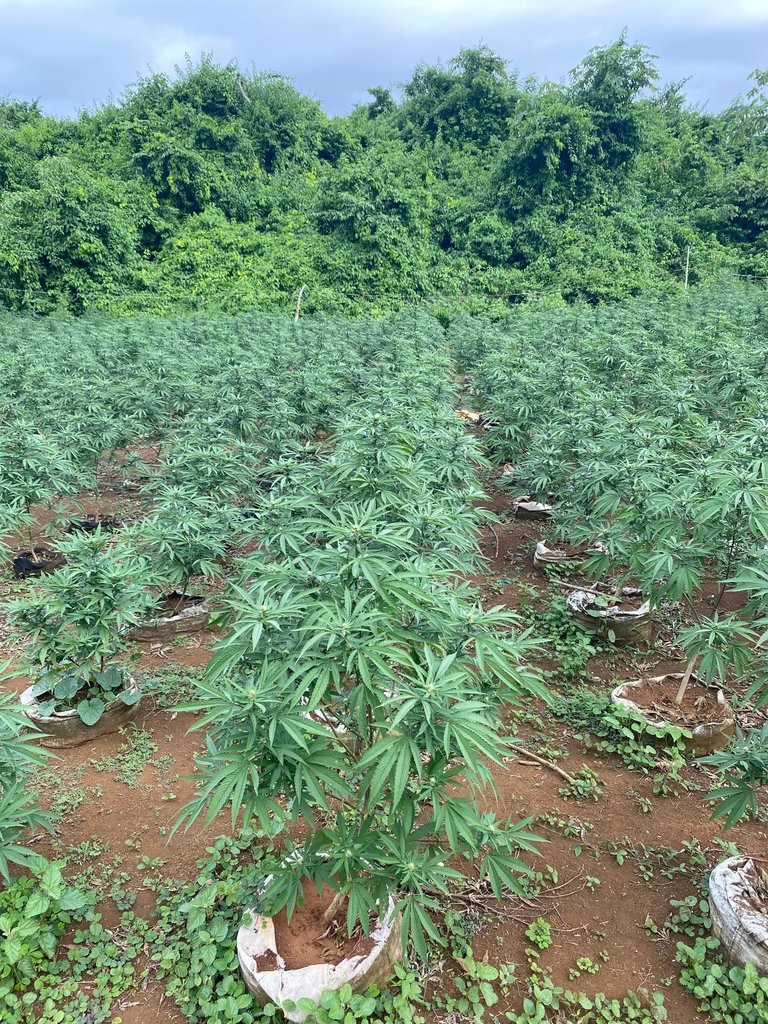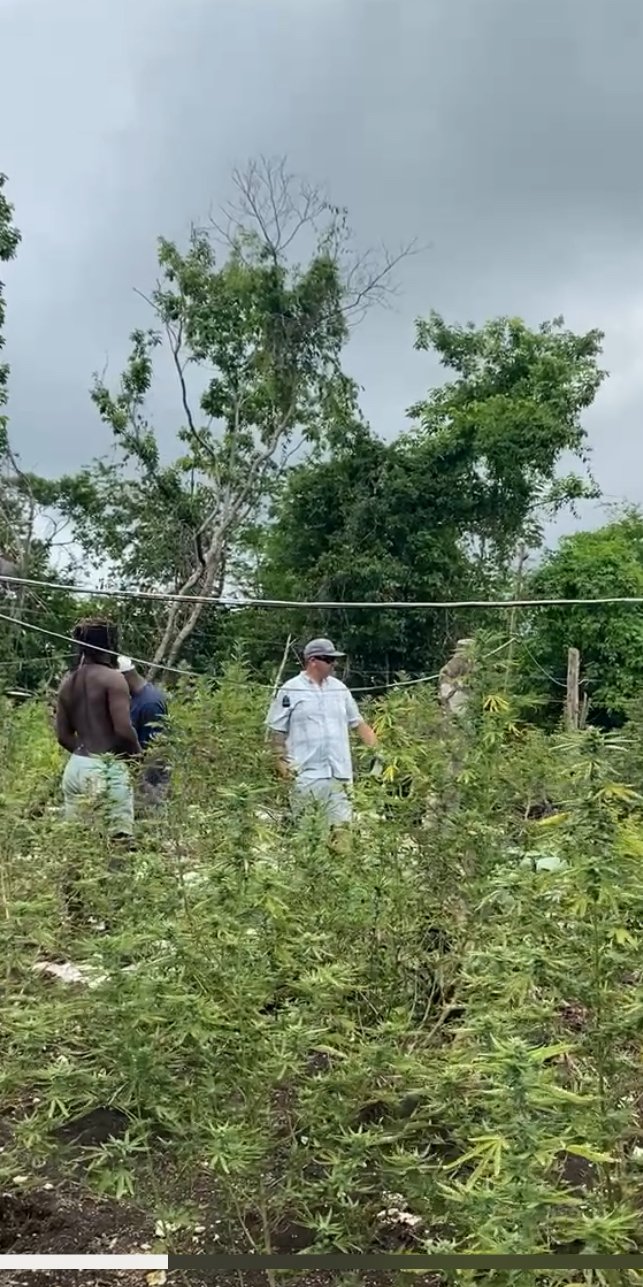
Investors worldwide are rethinking cannabis opportunities as Canada, California, and Colorado grapple with overproduction, steep taxes, sagging sales, and business closures. Over in Southeast Thailand they are facing reconsideration by their ministry of health.
Jamaica’s emerging market—anchored by unique strains, a culture of ganja (one research said 72% of Jamaicans have experienced usage of Ganja), world renown Ganja farming communities,
a robust regulatory push, and tourism synergy—is capturing fresh look by investors.
North American Overproduction and Tax Woes:
Canada’s Oversupply and Tax Backlog:
Since nationwide legalization in 2018, Canada has amassed a 1.5-million-kilogram stockpile of unsold dried cannabis—enough to meet a year’s demand for over 12 months. Micro-producer limits were quadrupled in March 2025, but without demand growth, more supply only deepens price compression and illicit competition.
Canada’s excise tax remains the greater of $1 per gram or 10% of the wholesale price, burdening producers with complex provincial stamp requirements and a $200 million tax backlog owed to the Canada Revenue Agency. Industry experts and the Cannabis Council of Canada call for capping the tax at 10% ad valorem to curb illicit market growth and support legal operators
California’s Tax Surge, ICE Raids, and Declining Sales:
On July 1, 2025, California raised its excise tax on legal cannabis from 15% to 19%. In Q1 2025, legal sales plunged 11% year-over-year to $1.088 billion, the lowest in five years and legal market share fell to 38%. Thousands of licensed businesses have shuttered amid federal ICE raids targeting large grow sites for labor and immigration violations.
Pending legislation (AB564) aims to freeze the excise tax at 15% through 2031, but until then, higher rates and aggressive enforcement continue to strain legal operators and push consumers toward the black market.
Colorado’s Sales Slide:
Colorado’s once-booming adult-use market has cooled. Denver County’s adult-use sales dropped from $512 million in 2020 to $331 million in 2023, and Adams County fell from $146 million to $115 million over the same period. Economic pressures, oversupply, and high local taxes are squeezing margins and leading to business consolidation.
Thailand Rethinking Legalization:
By 2022 Thailand earning from legal Cannabis was 1.3b with estimation of 7.5b by 2030. They have witnessed a boom in production, products, industries, and tourism. However, by end 2024 the ministry of health of Thailand announced changes in the law banning recreational usage, siting concern over misuse and youth exposure. This again results in investors changing their strategy.

Why Jamaica Is Attracting Investors:
Unique Cultural and Botanical Heritage:
Jamaica boasts world-famous strains like India, Sativa,, Collie, Lamb’s Bread and Jamaican Pearl, ideal growing conditions, and a Rastafarian legacy that positions “ganja” as both a cultural icon and a legal sacrament. Tourist demand for local, authentic cannabis experiences continues to rise. Especially for the original strains that make Jamaica famous for Cannabis.

Steady Market Growth Forecast:
Jamaica’s legal cannabis market is projected to generate US $45.63 million in revenues by the end of 2025, with a 3.9% CAGR through 2030 to reach US $55.23 million. This growth, though modest, reflects untapped potential in medicinal, therapeutic, and recreational niches. If the potential investors that are visiting and inquiring start setting up here, we will see massive growth by 2030. The good thing about the potential investors now is that they are not 100 percent focus on export, they want to build and develop products here.
Since decriminalization in 2015, the Cannabis Licensing Authority has issued 166 licences and is processing dozens more, but industry leaders call for clearer guidance and support, especially around edibles and export opportunities. The Ministry of Industry Investment and Commerce (MIIC); Cannabis Industry Development Taskforce is crafting strategies on legislation, capacity building, quality control, and intellectual property protection to ensure investor confidence.
Small, grassroot and indigenous farmers:
As far as Rastafari’s are concerned, very little has changed since 2015. The people who have built this industry with their sweet, blood and tears continue to suffer under the hands of Babylon. They are not beaten and thrown into jail like first time but are still being arrested for having x amount of herb at home and sometimes when going to church with their sacrament. Also, the promise by the government to help them be a major player in the industry by providing land and other support is still only a promise.

Recently I have been getting complain from farmers that Cannabis from Canada has been coming into our market. The farmers claim that it is been imported from Canada by politically connected people. This is causing them to have problems selling their grow as the weed from Canada is suppressing their price and it has been mixed and call Jamaican weed.
Conclusion:
Thoughtful policies on production, taxation, and product innovation can attract investors seeking a thriving industry and market. To catalyze that , government can give Cannabis farming communities special designation egg. Indigenous/grassroot should be supported. The promise made from 2016 should be fulfilled. What is happening in the tourism sector must not be allowed to happen in the Cannabis industry. Tourism in Jamaica were built by small and medium size businesses. Over the last twenty years we are seeing bigger n bigger all-inclusive. They are eating the small business food.
THE GENIUS ACT
The GENIUS ACT going through the US Congress might provide a life line for small businesses as it will if pass enable small businesses to get funding easier. Those with assets might be able to get tokenized funding directly from family and friends just like it use to happen but more securely.
